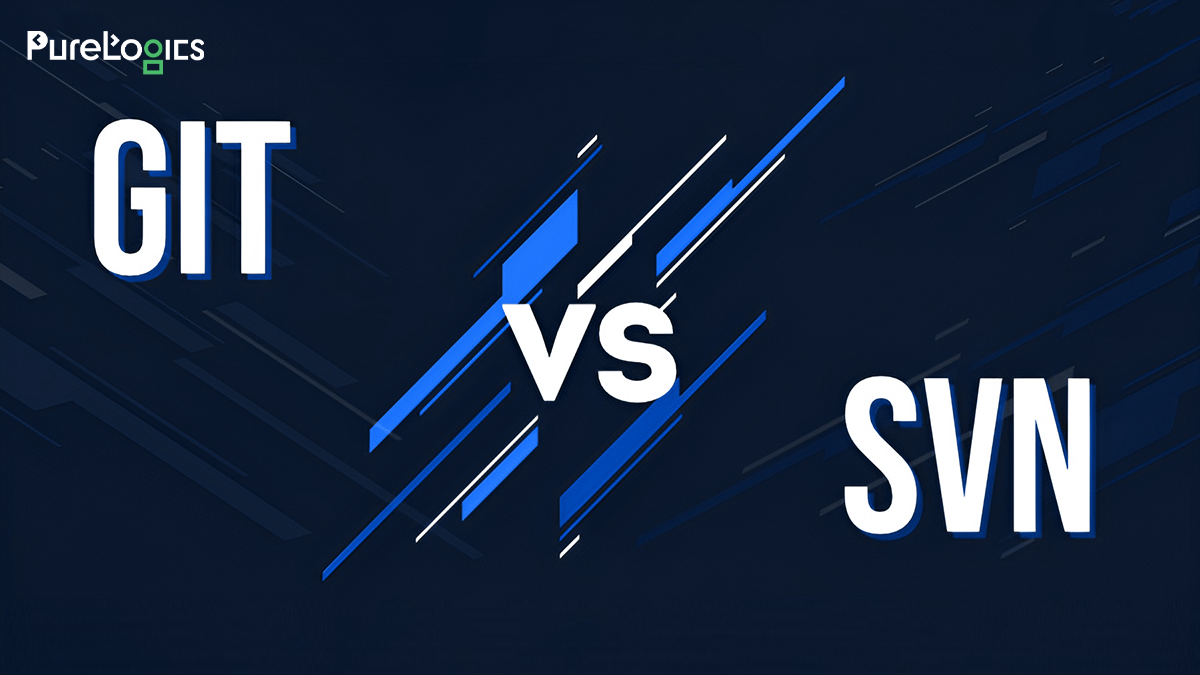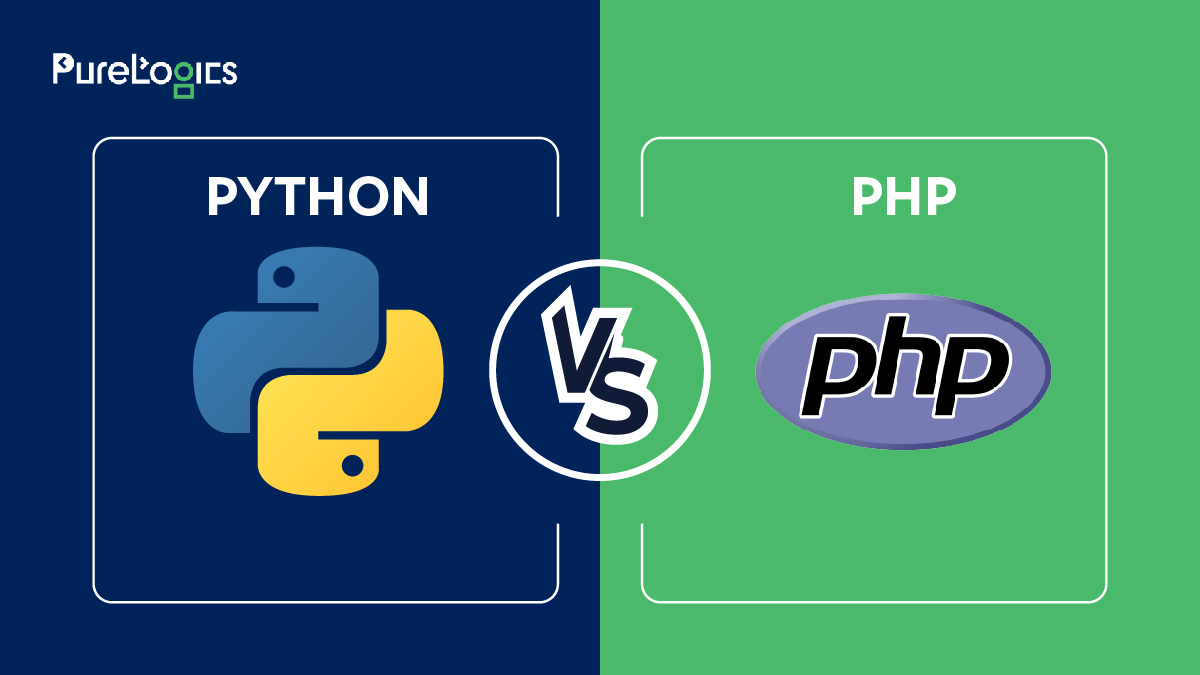Fans of Subversion claim that it is the best version control (VCS) and source code management (SCM) there is, but developers are realizing the key features of Git and many argue that it is a step ahead of SVN – command name for Subversion.
They are both open source VCSs whose essential purpose of tracking changes to files and folders (directories) may be the same, but the logical application of tracking these repository changes is quite different and it can be questioned which is the better of the two.
Git affords users the convenience of a decentralized structure where each developer has a repository of their own and can easily do everything offline. From the outset, Git was specifically designed to be fully distributable, enabling each team member to have full local control.
This is not possible with SVN which tracks changes as they take place and if the original file is in a remote location, say your company office, and you are working in your car without an internet connection there is no way for you to access the original repository.
Git is a lot faster than SVN and its repositories are neatly compressed, hence they are much smaller than SVN’s. For example, for the Mozilla Project its repository was 30 times smaller. The repo file formats for Git are also a lot simpler, allowing easy repairs if the need arises and instances of corruption are rare.
Subversion’s branches are a lot more complex than Git. They are more in number, as well as being more resource heavy, which is not a concern for its counterpart. It is interesting to note then that Git branches carry their full history.
Subversion lets you check out just a sub-tree of a repository; whereas with Git you are required to duplicate the entire repository (back-up history included) and create a working copy that reflects at least a partial chunk of the items under the version control.
Git allows its users to audit its branches thoroughly and simply and merge various events, which you might have conducted at different intervals of the timeline. You can work on events individually and on parallel and need not worry about jumbled paths or losing any remote data. This is not a convenience afforded by Subversion to its users.
Git has integrated features that like automatic clean up that are lacking in Subversion. As GIT has a local repository, it ensures redundancy is kept to a minimum and old branches are removed automatically. In case of no new changes, it does not save 2 copies, it simply provides a link to the previously saved file. With Subversion you have to manually clean up or ‘update’ to clean up local and remote copies.
Git has greater flexibility, with allowance for doing things the way you want to do them. You can use whichever workflow you want and Git will support it. With Subversion, you have to follow a fixed format and stick to the same routine procedures each time.
Git requires a higher learning curve than SVN and it might require more time getting used to, but it packs a power punch in development that takes away the edge from Subversion and other contenders. It is definitely worth investing the time to understand and get acquainted with its systems to improve your development projects.


 [tta_listen_btn]
[tta_listen_btn]
 April 19 2016
April 19 2016






